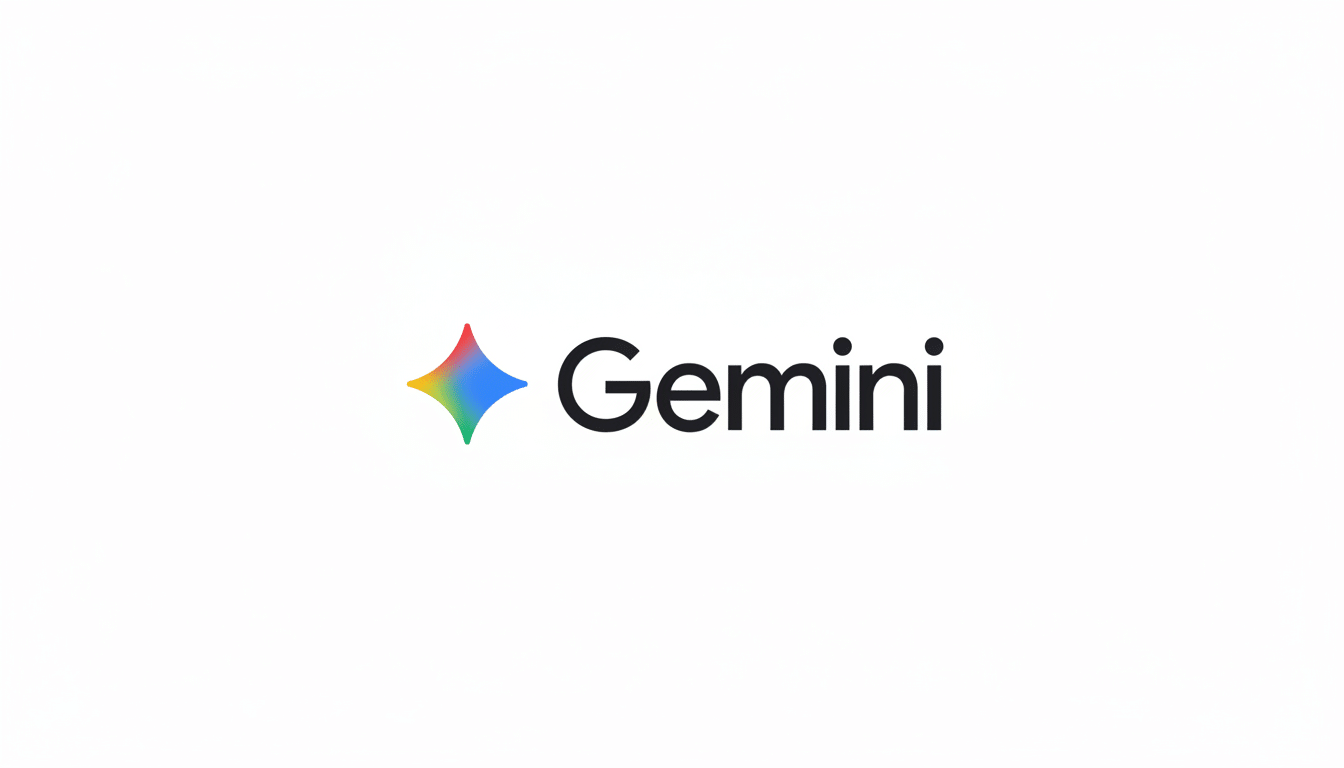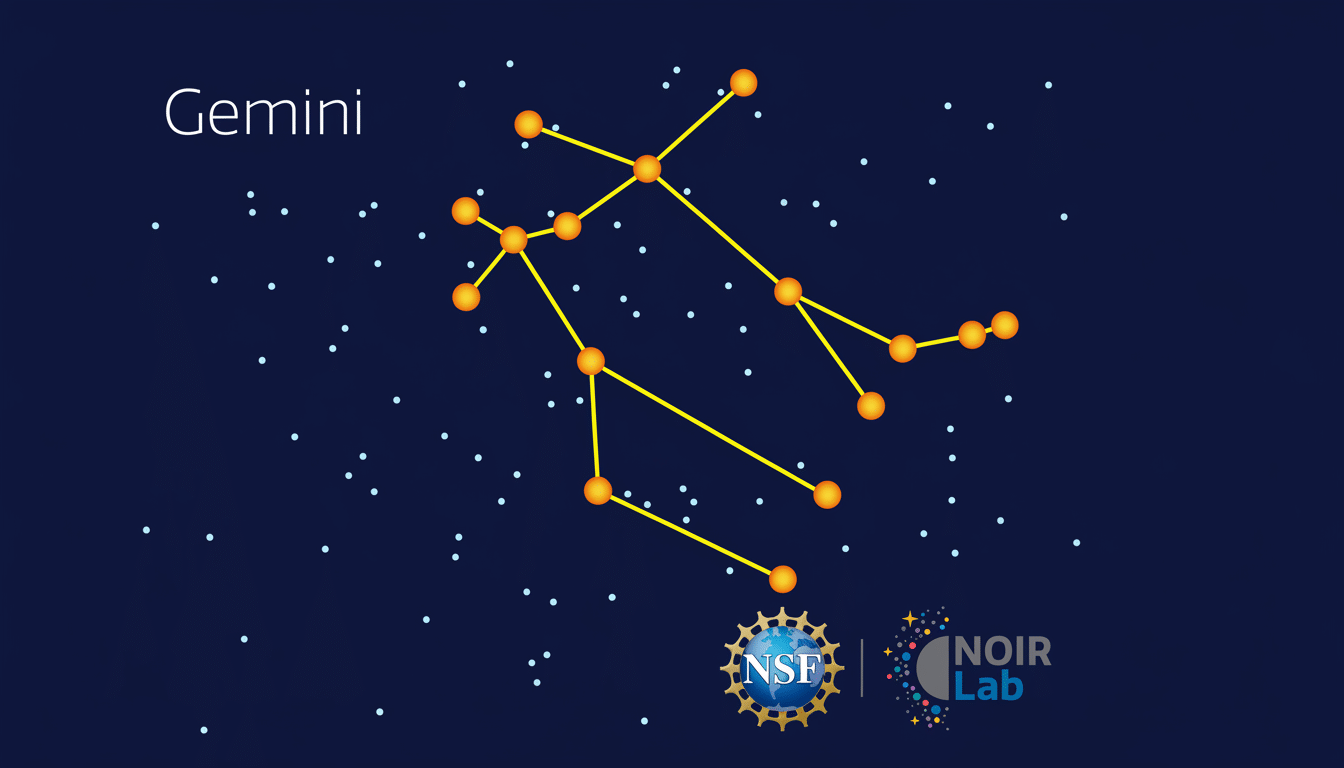Google is finally signing on the dotted line with a new multi-color G, a gradient-tastic mark that first showed up in testing alongside a few apps earlier this year and later beside Gemini. The company is now unifying the colorful logo across its products and touchpoints, with plans to make it a visual signifier for a new era that’s far more fun-loving and AI-forward than Google has ever been.
What’s new in the G: a brighter, more dynamic gradient
The familiar G’s geometry is retained; it just looks even more dynamic and contemporary, with brighter colors that melt into each other in a graduated fade rather than remain in static blocks. The result is intentionally kinetic—its lighter colors and softer edges convey motility, flexibility, and a wider spectrum of formal possibilities than the earlier, more trammeled segmentation.
- What’s new in the G: a brighter, more dynamic gradient
- A logo that fits AI-first design and Material 3 styling
- Where to see the new gradient G logo appear next
- Why the refresh matters for Google’s brand equity today
- What this means for users and developers across platforms
- The bottom line on Google’s new rainbow G logo update

Company representatives pitch the update as a visual expression of progress in an AI age, when products get iterated rapidly and interfaces shift in real time. In practice, the gradient makes it pop on both light and dark backgrounds and scales to just about any size from teeny favicon to billboard.
A logo that fits AI-first design and Material 3 styling
The rollout is also part and parcel of the wider move to Material 3’s expressive look, which has seen bolder color, higher contrast, and more personality being pushed across Android apps. With AI and generation as the stars, the refreshed G plays a role simply as a bringing-together badge that quietly says “this is smart, this is new” even before you hear anything said.
That’s important because subtle signals shape user trust and familiarity. That’s not just me speaking; research in the journal Management Decision has been telling us for a long time how color impacts first impressions, and here the gradient does heavy lifting — suggesting warmth and dynamism, all while retaining an instantly recognizable silhouette.
Where to see the new gradient G logo appear next
The gradient G has already debuted in the Google app and in some Gemini experiences, and it’s planned to roll out across search surfaces, Workspace materials, splash screens, loading animations, even marketing assets. Consistency is paramount across mobile, web, and events, and on hardware packaging; the brand uses a single mark.
The size of that presence is large. The company now says Android is in use on more than 3 billion active devices around the world, and YouTube serves billions of logged-in viewers each month. If you make an incremental identity change, and multiply it across that footprint, it becomes a global refresh.

Why the refresh matters for Google’s brand equity today
This isn’t a complete rebrand in the vein of the 2015 wordmark redesign to a geometric sans-serif. It’s a precision tweak to the master symbol that fits with current product strategy. Google in particular has been ranked at the top or very near the top of Interbrand’s Best Global Brands study, and, to maintain that position, it has had to keep a fresh corporate identity without sacrificing long-accrued equity.
Gradients have reappeared in mainstream identity work of late — the Instagram radiating icon and Microsoft Fluent-inspired app tiles, for example — because they look good on high-resolution screens and provide more finesse for time-based motion graphics. For inclusivity, the light-color spectrum also makes the mark pop across a variety of backgrounds while still meeting contrast requirements according to WCAG.
What this means for users and developers across platforms
Most users generally won’t see much of a difference. For the day-to-day user, though, nothing functionally changes: Search is still searching and Gemini still chats. But cohesive visual experiences lower the cognitive friction — especially as AI-enabled interfaces blur distinctions between apps and services. The G can be a rainbow, a shorthand for the umbrella experience, whether you’re launching an app or authenticating with a fingerprint or getting AI-generated suggestions.
Developers and partners should keep an eye out for updated brand guidelines and asset packs. There will be variations of icon spacing, minimum sizes, and usage rules throughout dark, light, and color-surfaced contexts that will ensure the gradient does its job. It’s the fidelity at the margins — in favicons, badges, and system-level notifications — that signals a small mark as omnipresent and hugely trustworthy.
I hope the readers of this blog now have a good indication of what Kotlin and Flutter are compared to React Native.
The bottom line on Google’s new rainbow G logo update
Make no mistake about it — the new rainbow G is a subtle, high-stakes play: contemporary enough to say “AI-informed era,” conservative enough to risk minimal brand equity. It’s the sort of change users pick up on without an explanation — a quick visual reminder that the company’s most recognizable figure is changing just as its software is.

